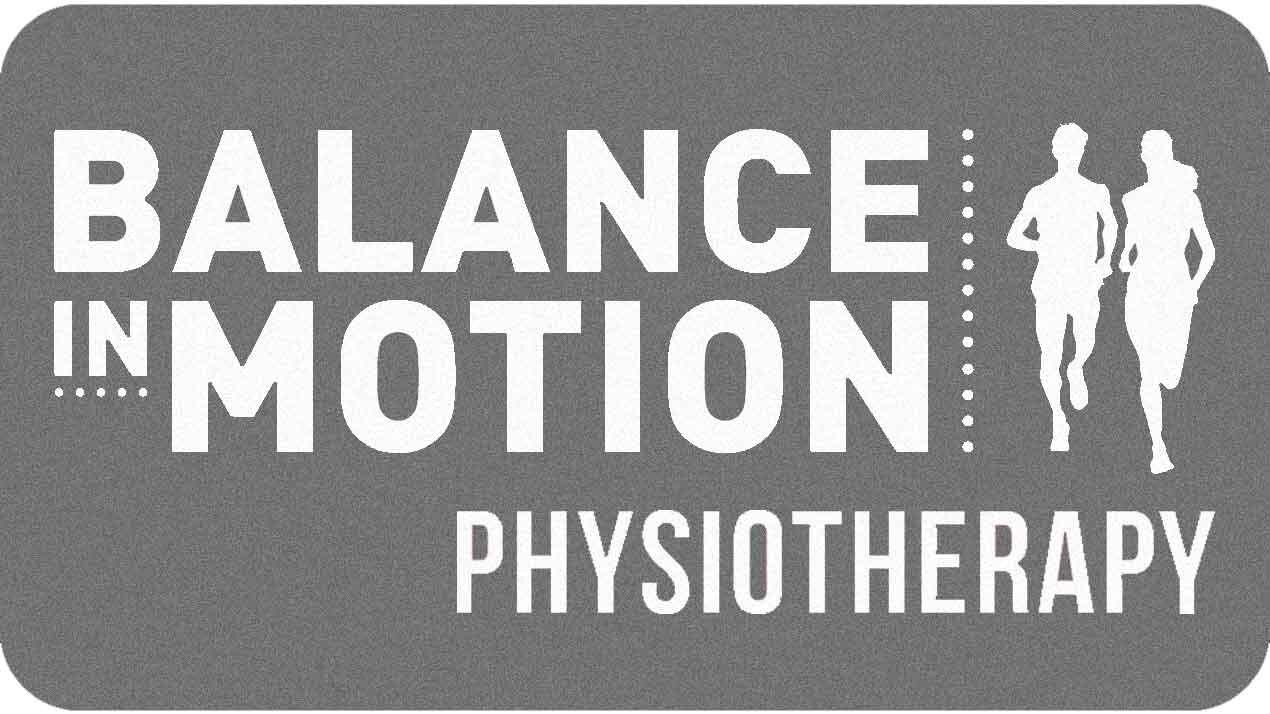The Mind Body Connection: How Stress and Anxiety Manifest As Pain In Your Body
/The Mind Body Connection: How Stress and Anxiety Manifest As Pain In Your Body
Hey team it’s Gina here. I’ve recently finished my Masters in Pain Science which as you may have realised has spurred a deep-seeded interest in the mind/body connection for me. With my extra time, now that I’ve finished studying, I’ve been reading quite a few Psychology books. You may be thinking – what does psychology have to do with Physio – Well, the more I read read the more I see the parallels between healthy minds and healthy bodies.
So firstly, what causes an unhappy mind? Renowned Psychotherapist Siegel suggests that a lack of mental well-being and psychological health comes from rigid, chaotic, and unbalanced patterns of behaviours, interactions and thinking. So, what would this look like? The ridiculously stubborn partner who can’t see things from another perspective? Or the overly emotional colleague that cries when you ask to borrow their pen? At a very basic and overly simplified level we have 2 hemispheres in our brain – the left side which is responsible for logical processing and could be considered the more ‘academically’ focussed side, and the right side - traditionally considered more pertinent to creativity and emotional intelligence. If we are too rigid in our thinking and lose the balance between right and left activity then we can ultimately lose our ability to function effectively. For example, someone who has experienced damage to the left side of their brain may not be able to make logical choices and may have difficulty making complex decisions – this can become paralysing. Damage to the right side of the brain may lead one to lose their emotional sensitivity, which can poorly effect relationships and one’s ability to exist in a social world. Obviously, this system is significantly more complex but you get the point. We need balance and this is exactly the same for our bodies!
Bodies need balance, and let me tell you why: If you’ve been in to our clinic, I’m sure you’ve heard us harping on about waking up your deep muscle system. This is largely because a lot of injuries and pain are caused by an overactive superficial system and/or an insufficient or weak deep system – ultimately an imbalanced physical system. For e.g. when our deep neck muscles are too weak to hold our head up our upper traps become too dominant, one can experience neck pain and headaches. So ultimately, a system without balance, is a system in trouble…
How about a chaotic system? I’m sure most of us can relate to a chaotic mind… where you feel like you can’t focus, you’re unable to achieve simple tasks because your thoughts are moving a million miles an hour. This is the same for a chaotic body. When I think of a chaotic body I have some bizarre visualisations (akin to the wacky waving giant inflatable tube seen at a car dealership on a windy day)… but what I really mean is disordered movement and confused movement strategies. Often pain and poor performance are the result of a chaotic body. A finely tuned and optimally functioning body knows what needs to happen first in order for the next part of the chain do their job and so on and so forth until you have happy pain free movement.
There is an acronym that Daniel J. Siegel uses in Mindsight to describe the optimal state of mind. The acronym is FACES: flexibility, adaptability, coherence, energy and stability. He suggests that psychological well-being and ideal functioning will come from possessing these 5 attributes. This blew me away, as this is exactly what we hope we can achieve for your bodies.
Let me break this down a little more:
Flexibility: This is an easy one: Happy bodies have flexibility – they have enough length to achieve the tasks at hand. They can bend without buckling, and they can stretch without tearing.
Adaptability: Every physical body needs to be able to change its strategies in response to new situations or demands. If we are walking across and a car comes speeding past, we need our body to be able to react quickly and adapt it’s course to get us out of the way. Without this ability we get in trouble...
Coherence: Bodies need to have logic and consistency, and their movement strategies need to make sense. For example, it does not make sense to try and use your upper traps to hold your head up all day long, this is not logical, an incoherent pattern and can lead to pain and dysfunction.
Energy: This too is a pretty obvious one. We obviously need energy as energy is the basis of movement. But I think more than this – we want to be efficient in our energy expenditure – we want to make sure we can move as powerfully and as easily as possible, with the least amount of effort. This is where performance enhancement comes in!
Stable: Now I don’t want you guys to confuse this with rigidity – which we’ve already discussed is a sure-fire way to get yourselves in to physical and mental ill health. Stability for me here implies the body’s ability to be reliable – such that it isn’t easily upset aka injured. It needs to be in control and steady through all movement, so that you can count on it like a steady friend who is always there, ready to go in different situations and isn’t going to give up when things get tough.
I hope this blog was insightful for you guys – and has given you a lot to think about.
Maybe think about mixing up your training, to make sure you’re targeting all the FACES principles. If you have any questions, as always, give us a buzz J
Gina
Balance in Motion and Mind

